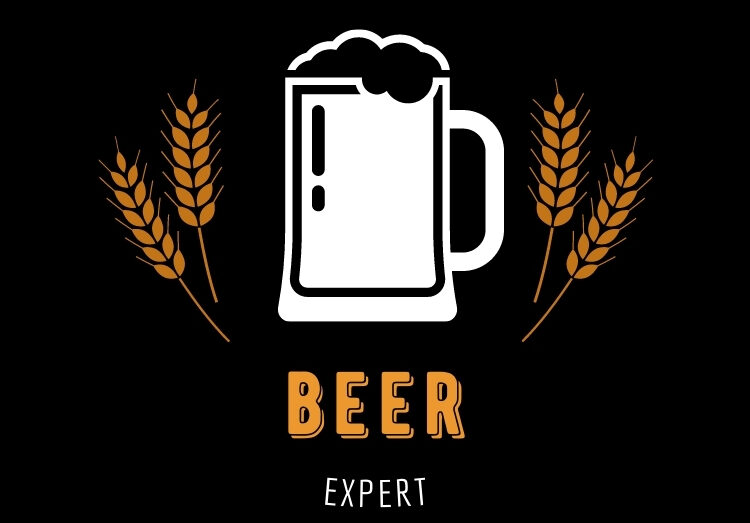The USA may pride itself on its beer drinking culture but it is poor quality ‘wet air’ beers that dominate. So why do the vast majority of Americans favour flavourless beer?
The Lingering Stereotype
Any US beer aficionado would enthusiastically point to the country’s thriving microbrewery culture as evidence that the USA produces good quality flavoursome beer in abundance, but while the beer of choice for the majority of Americans remains a bland tasteless light lager then the nation will be forever typecast as a brewing no-mark.
It wasn’t always like this. In the 18th and 19th centuries British, Dutch and later German and Czech immigrants helped establish a rich beer culture by importing their varied brewing styles and traditions. Ales and porters, were followed by German styles like altbier and weissbier, before the crisp, sparkling pilsner-style arrived and established itself as the brew style of choice. But a combination of prohibition, big business and advertising brought this era to an end.
Prohibition Devastation
The period of Prohibition between 1920 and 1933 established an era defined by the survival of the biggest and strongest, allowing a new culture to flourish that was less concerned with brewing as an art but as a commercially-motivated science.
When Prohibition was first introduced around 2,000 breweries were in production across the country but its devastating impact meant that by its end only 750 were able to return to beer production. Those breweries able to survive during the ‘dry’ period did so through the production of non-alcoholic products such as ‘near beers’, malt beverages containing little or no alcohol.
The Second World War dealt out a further blow to smaller less resilient breweries, not because of fall in consumption during the conflict – on the contrary, beer was as popular as ever – but because of grain rationing.
The Rise of Macrobreweries
The decreasing competition allowed the big brewers to grow exponentially. Although many of the large breweries – such as Anheuser-Busch, Schlitz, Pabst and Blatz – had already grown to a certain level of prominence in the late 1800s, it was during the post-war period that these large national brewers asserted their dominance and in doing so changed the industry irrevocably.
Prior to Prohibition, beer was predominantly bought from local or regional brewers, and over 85 per cent of beer was served from casks in bars. But from the mid 1940s, when massive industry consolidation began, to 1980, the five largest breweries saw their share of the national market grow from 19 to 75 percent. Many smaller breweries producing the more interesting and idiosyncratic beers fell by the wayside, unable to keep up with the major brewers’ mass production and distribution.
The ‘macro brewers’ were able to use their market foothold to dictate the palates of the nation’s beer drinkers. With economics the primary concern they chose to reject the more costly and labour intensive top-fermenting beers and focus on producing beers that were cheap to produce on an industrial scale. This was a limited pilsner style beer that was light in colour and body, mild in flavour, and that featured adjuncts like rice and corn and significantly less hops.
How a Bad Beer Became Popular
What many people find particularly remarkable is that the American public were so receptive to beer so lacking in quality and character to the extent that it went on to define American brewing for the next 50 years.
In part this was because the thirteen years of Prohibition had effectively cleansed the palate of beer drinkers, removing any lingering taste for old-style beers. Also the near-beers produced during Prohibition were of such dismal quality that at the time any alcoholic beer was likely seen as something to celebrate. Even today many American drinkers remain faithful to pale lager because, through habit, nationalism or expense, they haven’t tried, and developed a taste for, good quality beer.
Nevertheless, this still doesn’t totally explain why the American public became such enthusiastic drinkers of a beer so lacking in taste.
The Power of Advertising
Aided by the explosive new medium of television, advertising managed to brainwash a nation. With so few selling points and little to choose between the mass market ‘macro beers’, advertisers had to rely on making dubious claims about the ‘great flavour’ of their beer to try to sell it. They also used brand characters, such as Mabel of Carling Black Label, to create a recognisable and distinctive face to their campaigns.
Beer advertising moved into a new era when Miller started the trend for selling not a product but a lifestyle. Many males chose to drink Miller because it portrayed the Miller drinker as a tough and honest working man. Advertising agencies were even able to sell a ‘Lite’ calorie-low version of their beer originally aimed a women by using tough, macho men in their commercials.
